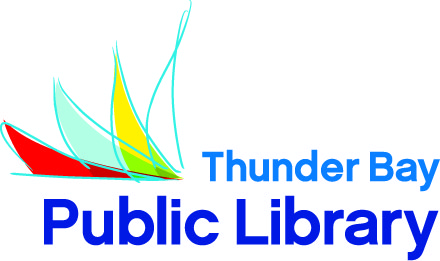“A journey of a thousand miles begins with a single step.” - Lao Tzu
The motivation to do something could be anywhere. You might find it in something you read, the colourful socks someone knitted for you, a beautiful sunrise over the Sleeping Giant, or having a conversation with a friend. Browsing the shelves at your Thunder Bay Public Library could also be a source of inspiration. For example, embrace your creative side with books from our crafts section such as Martha Stewart’s Encyclopedia of Crafts. Try your hand at knitting with patterns from Getting Started Knitting Socks by Ann Budd or Hat Heads by Trond Anfinnsen. Become an artist and paint a masterpiece with help from the Complete Painting and Drawing Handbook and many other painting manuals available at TBPL.
Find the motivation to start your home renovations with the Home Improvement Reference Center database. Go to our Web site, log in to My Giant Search with your library card and PIN number and find information on everything from remodeling your bathroom to landscaping your garden. Browse through the rest of the databases and you may be motivated to learn another language using Powerspeak Languages, finish those car repairs using Chilton Auto Repair, or pick a database at random and learn something new.
How many times have you felt motivated after watching a specific television show? For example, Gail Vaz-Oxlade’s expert advice in her show Til Debt Do Us Part might have you thinking more about your finances. You will find the same financial advice in her books Debt-free Forever: Take Control of Your Money and Your Life and Money Rules: Rule Your Money or Your Money Will Rule You.
Do you regularly watch The Doctors or Dr. Oz? You will find plenty of information at your library to get you motivated to start improving your well being. You will find ideas on how to improve nutrition and eating habits with one of these popular cookbooks: The Eat-Clean Diet Vegetarian Cookbook by Tosca Reno, Wheat Belly Cookbook by William Davis, M.D. and Undiet: Eat your Way to Vibrant Healthy by Meghan Telpner. Browse through our DVD collection and get active with fitness videos such as Shrink Belly Fat, Pilates Express and Cross Training for Fitness. Take time and relax with music from our CD collection such as Escape: Music for the Senses, read a book such as Inferno (the new release from Dan Brown). Audio books are also a great way to sit back and relax, check out 8 Keys to Stress Management by Elizabeth Scott.
Come check out these titles and more at the Thunder Bay Public Library.
Lindsey Long









